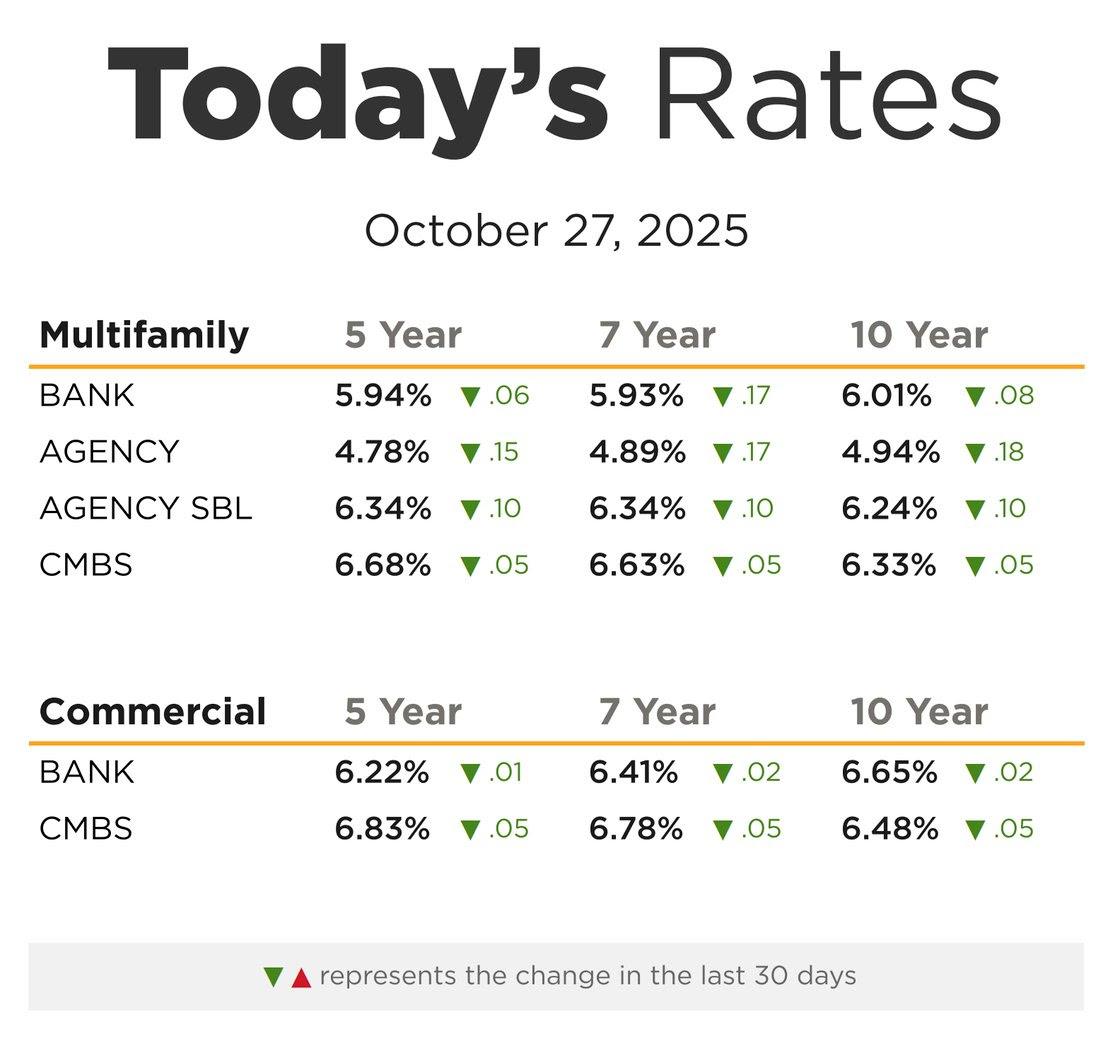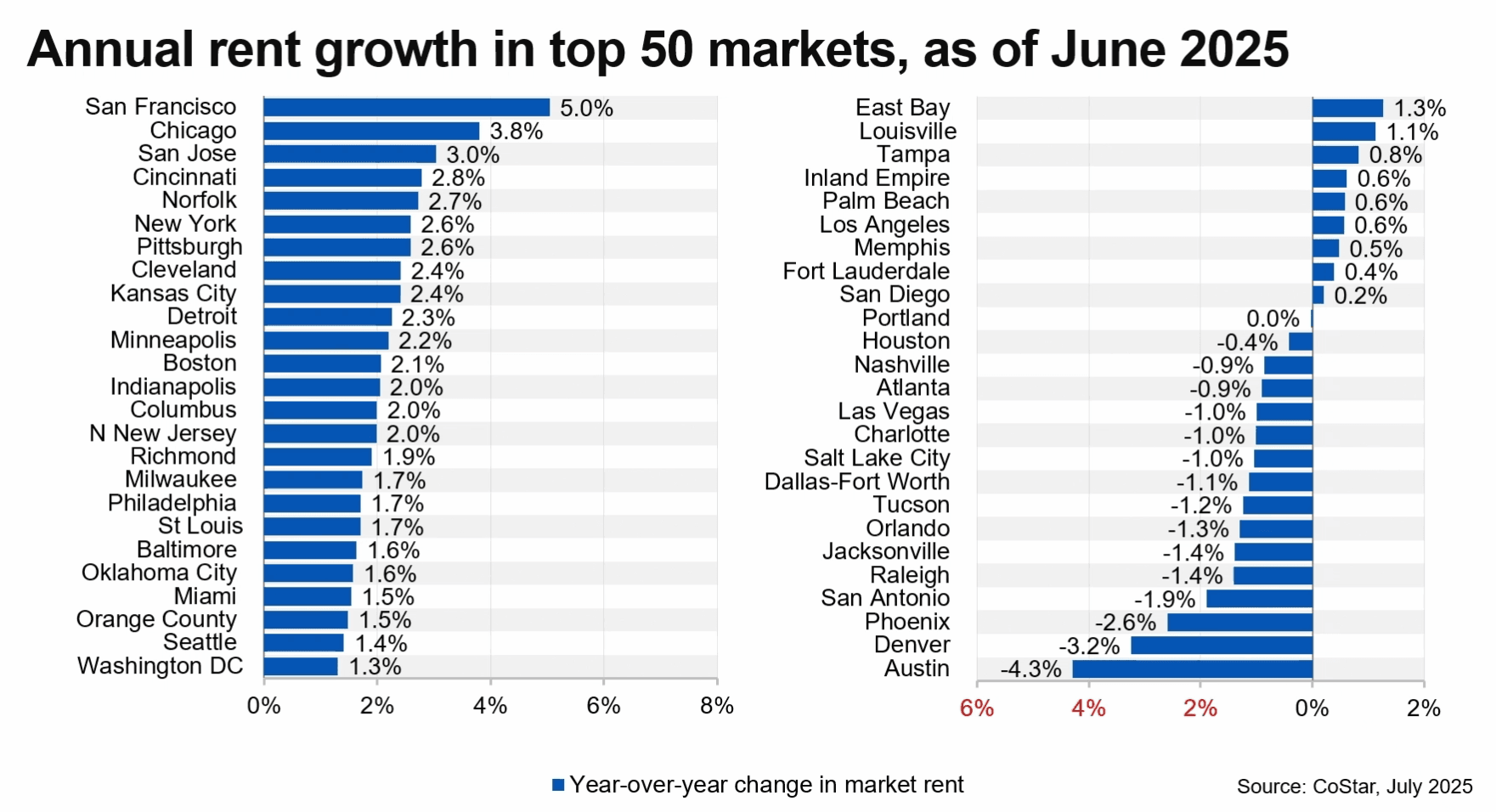A combination of job growth, healthy demographics and accelerated household formation creates a rosy outlook for apartment investments in the coming year. For Chicago, location and property type should be taken into consideration. This is according to Marcus & Millichap’s 2018 Multifamily North American Investment Forecast.
As unemployment hovers around 4 percent, companies face significant staffing needs. These tight labor conditions should place additional upward pressure on wages, potentially boosting inflationary pressure in the coming year. For the multifamily sector, this combination of strong employment market, rising wages and elevated confidence levels could unlock accelerated household formation, particularly by young adults.
The housing sector added just 3 percent to the economy last year, about two-thirds of the normal level. The new tax laws should accelerate this trend as they disincentivize new home construction, causing homebuilders to reduce construction and thus shifting a portion of the housing demand from homeownership to rentals.
From a national perspective, rising development costs in the coming year, tighter construction financing and mounting caution levels will curb the pace of new additions from the 380,000 units delivered in 2017 to approximately 335,000 apartments. Although the pace of completions will moderate in 2018, additions will still likely outpace absorption.
Class A vacancy rates advanced across the country to 6.3 percent in 2017 and will continue their climb to the 6.8 percent range over the next year. Vacancy rates for Class B and C assets will rise less significantly in 2018, pushing to 5.0 percent and 4.7 percent, respectively. Average rent growth will taper to 3.1 percent in 2018 as concessions become more prevalent, particularly in Class A properties.
For investors, the looming interest rate escalation could weigh on buyer activity. Cap rates have held relatively stable over the last two years, and the sturdy outlook for apartment fundamentals is unlikely to fundamentally change this year. Investors are broadening their search for investment options with upside potential, opening up their portfolios to include a variety of Class B and/or C assets, outer-ring suburban locations and properties in secondary or tertiary markets.
Across Chicago, robust construction in the core outpaces net absorption and vacancy will edge higher in the city this year as completions reach new highs. More than half of all deliveries will be in the urban core, pushing vacancy up in the Loop and other downtown neighborhoods as supply outstrips demand.
The influx of luxury and high-tier rentals will increase the use of concessions and moderate rent growth as units begin to lease. However, further corporate expansions in the Loop, including Walgreens and Amazon, are luring additional residents downtown, which should minimize any significant uptick in the area’s vacancy. In the suburbs, relatively lower rents will keep vacancy below 5 percent despite a growing construction pipeline. Potential first-time homeowners may continue to rent in the face of rising property and utility taxes, further benefiting apartment demand.
Favorable cap rates spur investor interest in Chicagoland and first-year returns that trend above gateway markets will entice a diverse pool of buyers this year. Institutional investors will propel transactions in the urban core and a jump in completions may provide additional opportunities for top-tier assets. Luxury buyers (between $1 million and $10 million) that have been priced out of downtown may pursue properties along “L” stops and near the northern lakefront where cap rates in the high-5 percent area can be found.
Less risk-averse buyers will chase yields near 9 percent in southern Chicago suburbs. These neighborhoods typically maintain vacancy rates below 4 percent. Metro-wide, demand has pushed valuations beyond the previous cycle’s peak and buyers have begun to show resistance to higher prices. These widening expectations between buyers and sellers may slow deal flow this year. Additional headwinds include concerns about rising taxes due to state and local budget issues, which could prompt some owners to list.
Source: RE Journals | Staff Writer | By Matt Baker
Receive Market Insights
Periodic analysis on rents, pricing, cap rates, and transaction activity across Chicago and key suburban markets.




Join The Discussion